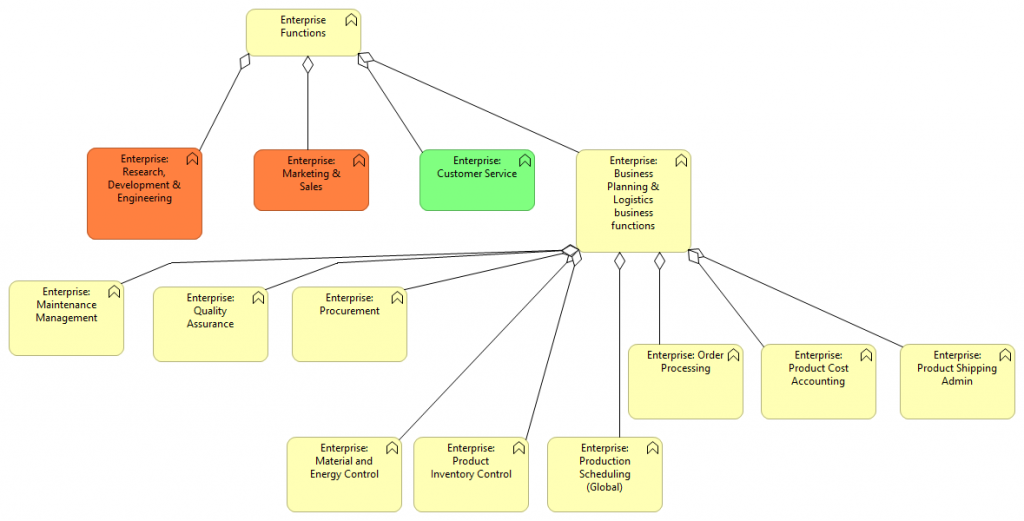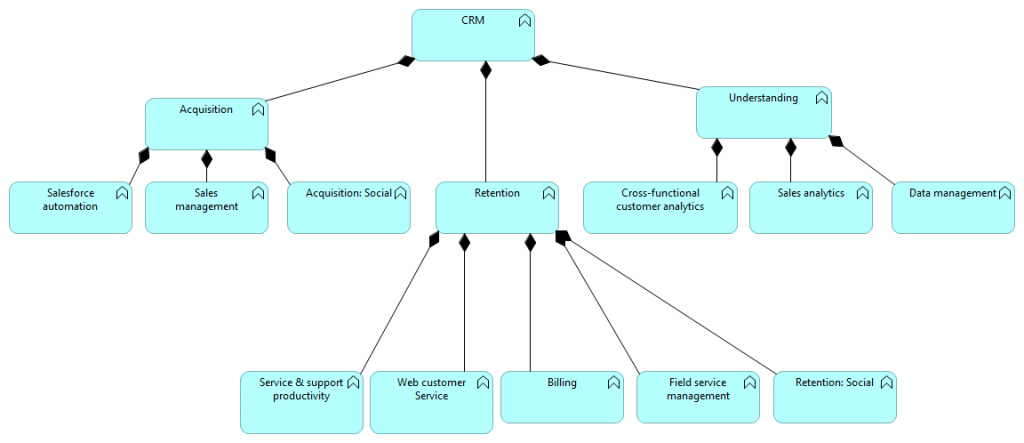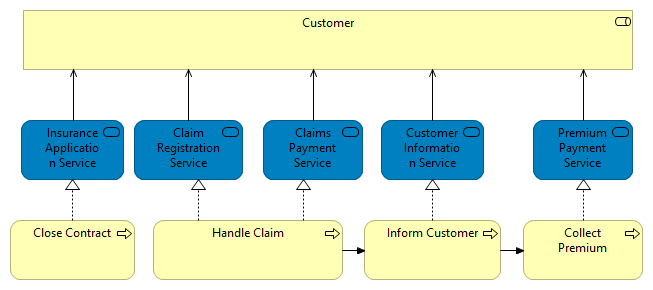Reliability, Robustness & Resilience
” We are called to be architects of the future, not its victims. ”
An experienced Solution Architect, Roland Kamsika has a solid history of working in both public and private sectors on financial systems and logistics management systems. Skilled in MS Azure Cloud Architecture, Enterprise Architecture, Agile Methodologies, and System Integration. Strong leadership and communication skills. An accomplished professional with over 30 years of hands-on industry experience.
What do we mean by “Architecture”
The Open Group defines an architecture (in the TOGAF® 9.1 standard) as: “the structure of components, their inter-relationships, and the principles and guidelines governing their design and evolution over time”. It defines architectural style as: “the combination of distinctive features in which architecture is performed or expressed”.
Microservices Architecture
Microservices Architecture (MSA) is a style of architecture that defines and creates systems through the use of small independent and self-contained services that align closely with business activities.
An individual microservice is a service that is implemented with a single purpose, that is self-contained, and that is independent of other instances and services. Microservices are the primary architectural building blocks of an MSA.
The primary benefits of employing an MSA are:
- Agility and Responsiveness to Market Changes
- Decrease the complexity of development and support of services
- Alignment with DevOps culture
- Increasing use of Cloud based services and the ability to mix on-premise with Cloud MSA
How a robust Architecture helps your enterprise
By communicating the goals and developing the designs to achieve that goal at all levels of the enterprise, from management level, describing the enterprise:

to the department heads and team leaders, describing the function of their viewpoint of the enterprise:

to the development teams, describing the fine grained services required to support the enterprise:

By enabling clear communication at each of these levels and by providing traceability between levels, the Architect ensures that requirements through implementation to deployment and support is smooth and efficient, leading to increased user satisfaction and decreased TCO.
All code and content by Roland Kamsika